For 30 years, this creek was dead. Now, it supports three kinds of trout – and a web of aquatic life.
For decades, toxic runoff from abandoned coal mines has left streams and rivers lifeless in West Virginia. Here's how two men decided to reverse the damage taking place in their own backyards.
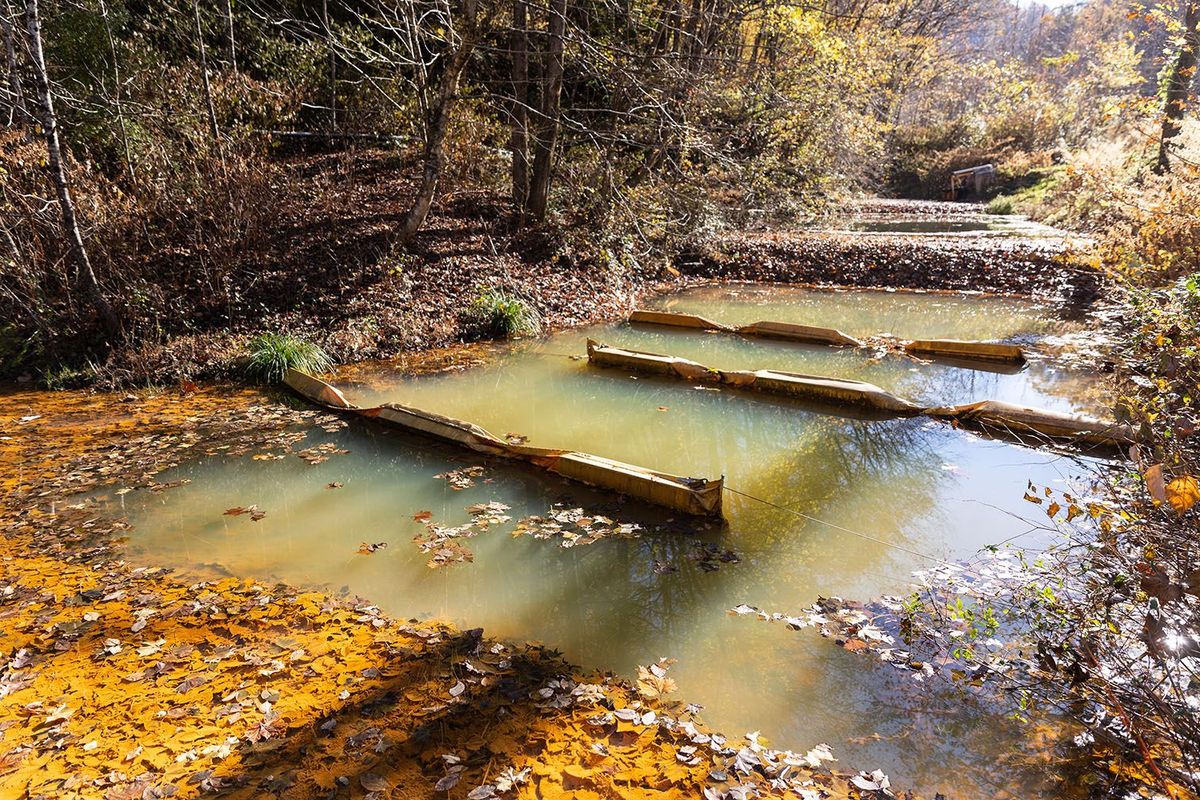
This article was originally published in Governing, and has been reproduced here with permission as part of the SoJo Exchange from the Solutions Journalism Network, a nonprofit organization dedicated to rigorous reporting about responses to social problems.
Mike King and Eddy Grey are next-door neighbours in rural West Virginia, in the eastern United States. They live in the last two houses on Morris Drive, just up the road from Opossum Hollow. Morris Creek runs through their backyards on its way to the nearby town of Montgomery, where it empties into the Kanawha River, which flows into the Ohio River. Now in their 60s, both men grew up here. The creek was a major attraction in their youth. It still is. “When we were kids, we played in the stream,” says Eddy. “Catching minnows, fish bait, crawdads and stuff like that.” “Actually,” says Mike. “We played in the creek to keep from getting in the road.”
At the time, three shifts of miners were moving up and down Morris Drive every day, along with a hundred or more coal trucks trailing clouds of black dust behind. “The water was pretty good at the time,” remembers Eddy. But two centuries of mining in the nearby mountains has taken its toll.
Twenty years ago, the two neighbours decided that something needed to be done to reverse the environmental damage caused by polluted runoff seeping from nearby abandoned mines. Together, they formed the Morris Creek Watershed Association (MCWA), a nonprofit community organization dedicated to restoring the creek. “The stream was dead of aquatic life for about 30 years,” says Eddy. “About 2000, Mike was prodding me to do something to clean this up. To take care of the creek.”
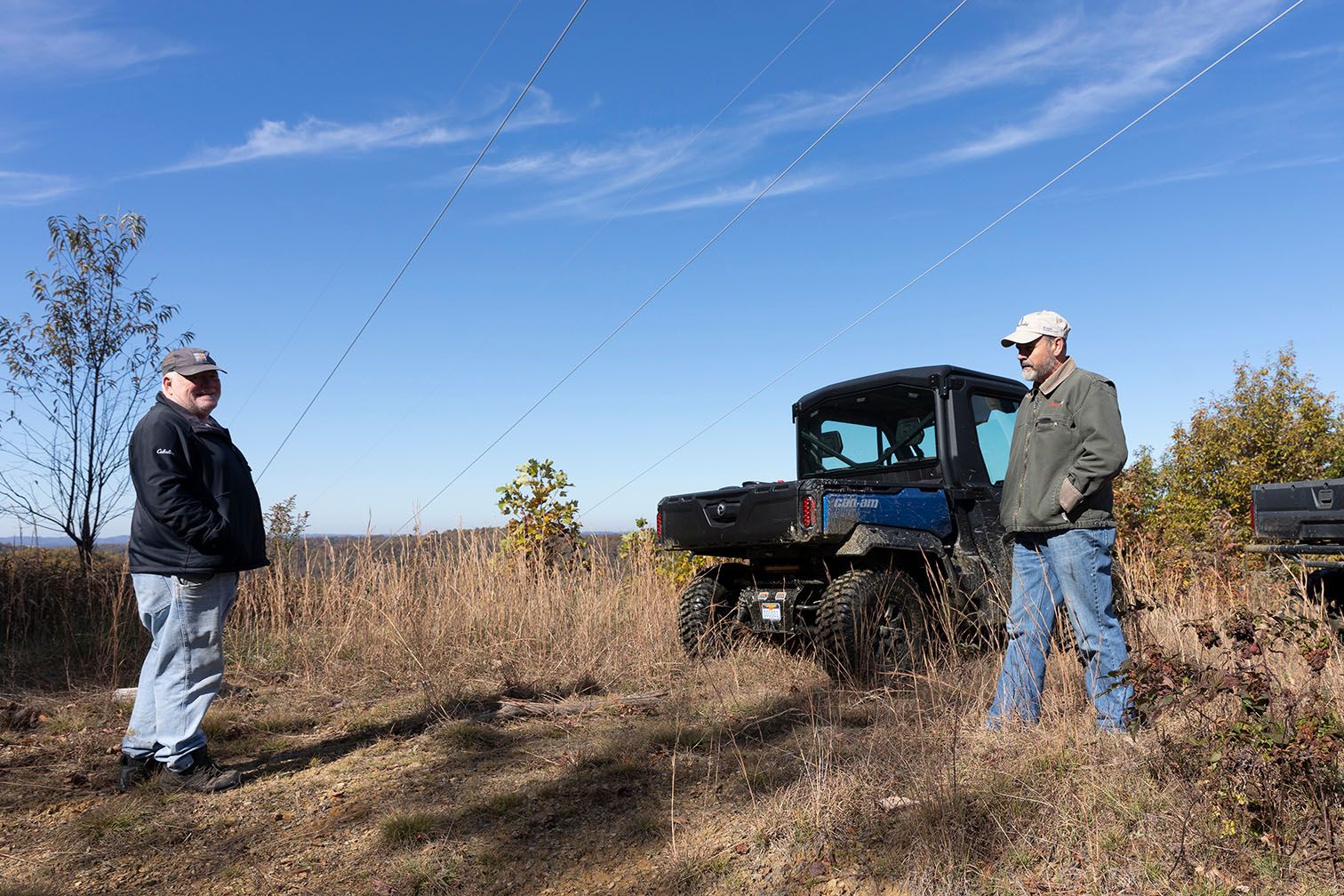
Careers in energy
Mike and Eddy have no direct connection to coal, but both spent their lives in the energy field. “In my career with the power company, there’s probably not a hollow or a tree or anything else that I don’t know about,” says Mike. Retired now, he continues to operate a school for prospective linemen down the street from his house.
An engineer by trade, Eddy is in the process of winding down his oil and gas company. “I was fortunate to travel all over the U.S. in my career,” he says. “I thought, well, this is not a bad place to build a house and stay. My mother is 88 and lives next door to me. It’s home.”
Enjoyment of the outdoors and an appreciation of the area’s rugged beauty made settling here a natural choice for both men. But there was work to be done if their little community by the creek would thrive, or even just survive.
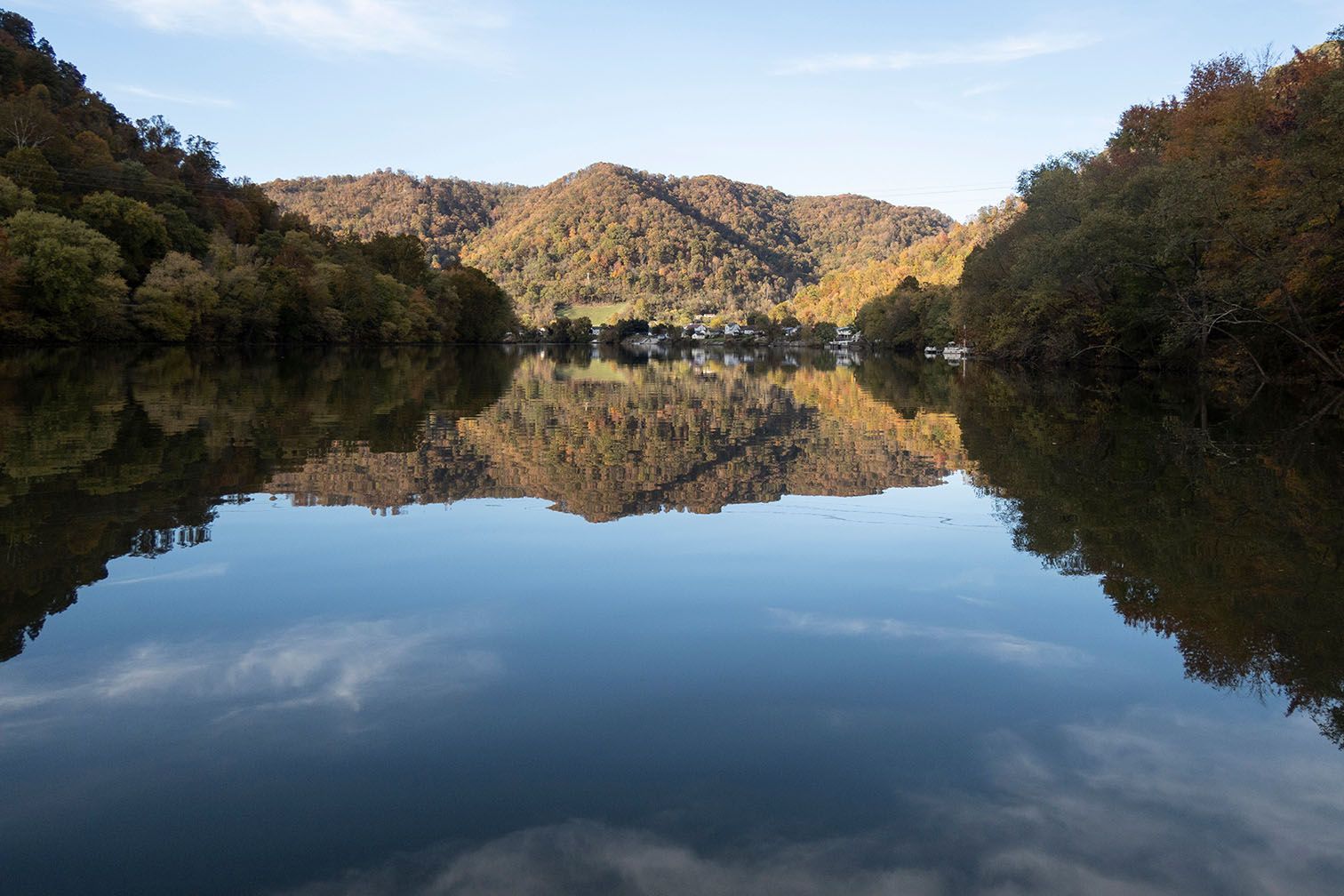
A legacy of pollution
It was 1988 when the last mine closed in the hills above Morris Creek. After it shut down, the mine was sealed and the land restored to something approaching a natural state, as prescribed by the federal Surface Mining Control and Reclamation Act of 1977. The law’s intent was to remedy the consequences after years of unregulated mining. But the many other mines that were abandoned near Morris Creek before 1977 were left as is, leaking mineral-laden runoff known as acid mine drainage (AMD) into nearby streams and tributaries.
AMD occurs when water flows over and through abandoned mine refuse, dissolving iron, manganese and other minerals. This metal-rich water ends up in streams and rivers, killing aquatic life, threatening drinking water and discouraging recreational use. Nearly 2,000 miles (3,218 kilometres) of streams and rivers in the coal mining regions of West Virginia are negatively affected by acid mine drainage. Nationally, more than 12,000 miles (19,300 kilometres) of waterways are degraded by AMD, nearly all of it originating from abandoned mines.
The Morris Creek watershed covers seven and a half square miles (about 20 square kilometres), straddling Fayette and Kanawha counties, 25 miles (40 kilometres) southeast of the Capitol in Charleston. Back when Eddy was still playing in the water, slurry from a coal prep plant upstream would regularly end up in the creek. “The stream bed would get black,” he says. “Completely black. The water would be clear, but the bed would be black.” Every Thursday, bulldozers would enter the stream and push the slurry down past Montgomery and into the Kanawha River. “The stream would be nice and pretty that day,” he says. “And the next week they’d have to come back. Because within a couple of days it would be black again.” What amazes Eddy today is that this process of weekly dredging was once a requirement of the state Department of Environmental Quality.
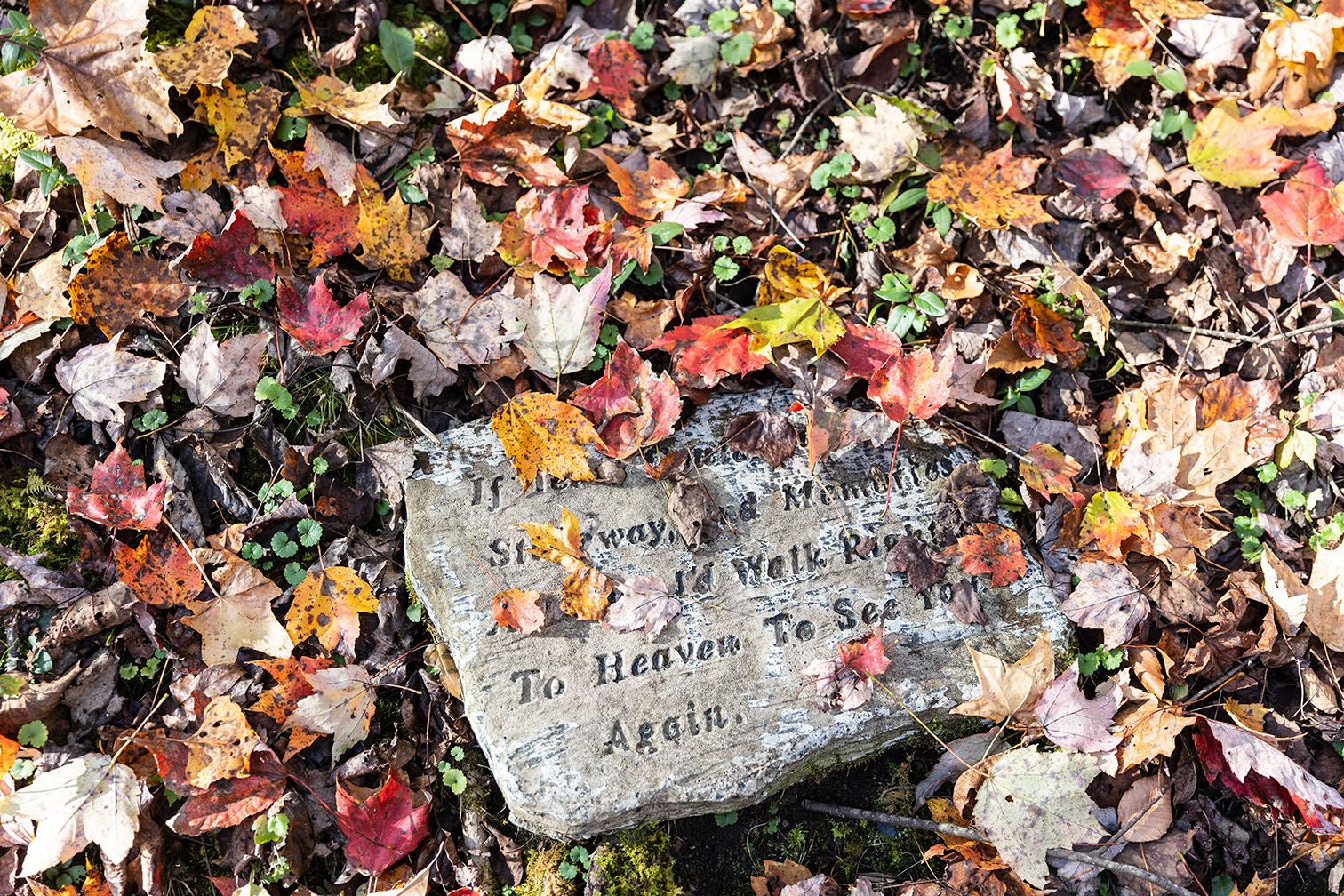
Cleaning up
Officially operating since 2003, one of MCWA’s first tasks was to identify four primary project sites where the effects of acid mine drainage could be mitigated.
With grants and assistance from state agencies, a team of volunteers from MCWA set about building four AMD passive treatment facilities and stabilizing the stream banks. All together, more than 2,000 trees have been planted, including hundreds of blight-resistant native American chestnuts. Trash and debris was also a big problem in Morris Creek.
Over the years, nearly 200 tons of solid waste has been removed from the area. “There used to be an old landfill up here,” says Eddy. “There was a lot of illegal dumping. A lot of trash in the creek.” Old cars, refrigerators and tires were pulled from the water and along the banks. Using an army of volunteers, creek cleanup has since become an annual event. Over time, Mike and Eddy have noticed a marked change in local attitudes about dumping. “When we were starting, some of the people that contributed to the solid waste problem… after a few years, they started helping out. And they would watch for people who were doing illegal dumping.”
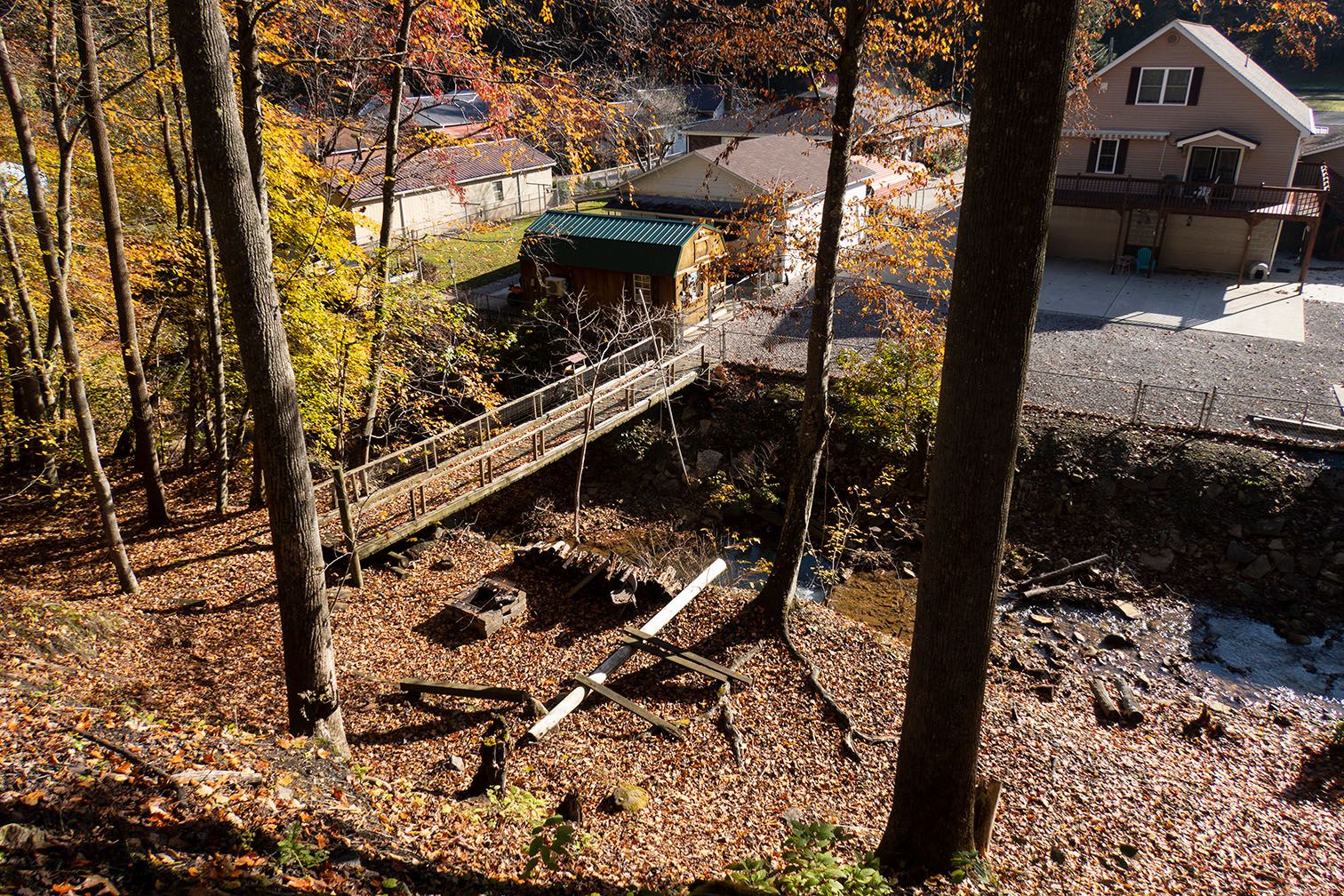
Life returns to the creek
Soon, life began returning to the stream. “We started getting the biological critters back in the streambed,” says Eddy. “All kinds of little things that live in the sand and gravel in the streambed. Once that was restored, we had a food supply that could then support crawdads and minnows and salamanders and all that good stuff.” Once they had something to eat, brown trout were released into the creek. When they did well, rainbow and brook trout were also introduced. “After being dead for 30 years, today we have a stream that supports three species of trout,” says Eddy. “It’s the only stream in southern West Virginia that can make that claim.”
The Morris Creek Watershed Association works closely with local school children who are largely responsible for stocking the creek with fish. Using donated tanks and the necessary equipment to monitor temperature and pH levels, students raise small trout from eggs they are given. Every spring, classes come to the creek for a release day. “It helps us to restock our stream and it’s good for the school, the community and the kids,” says Eddy.
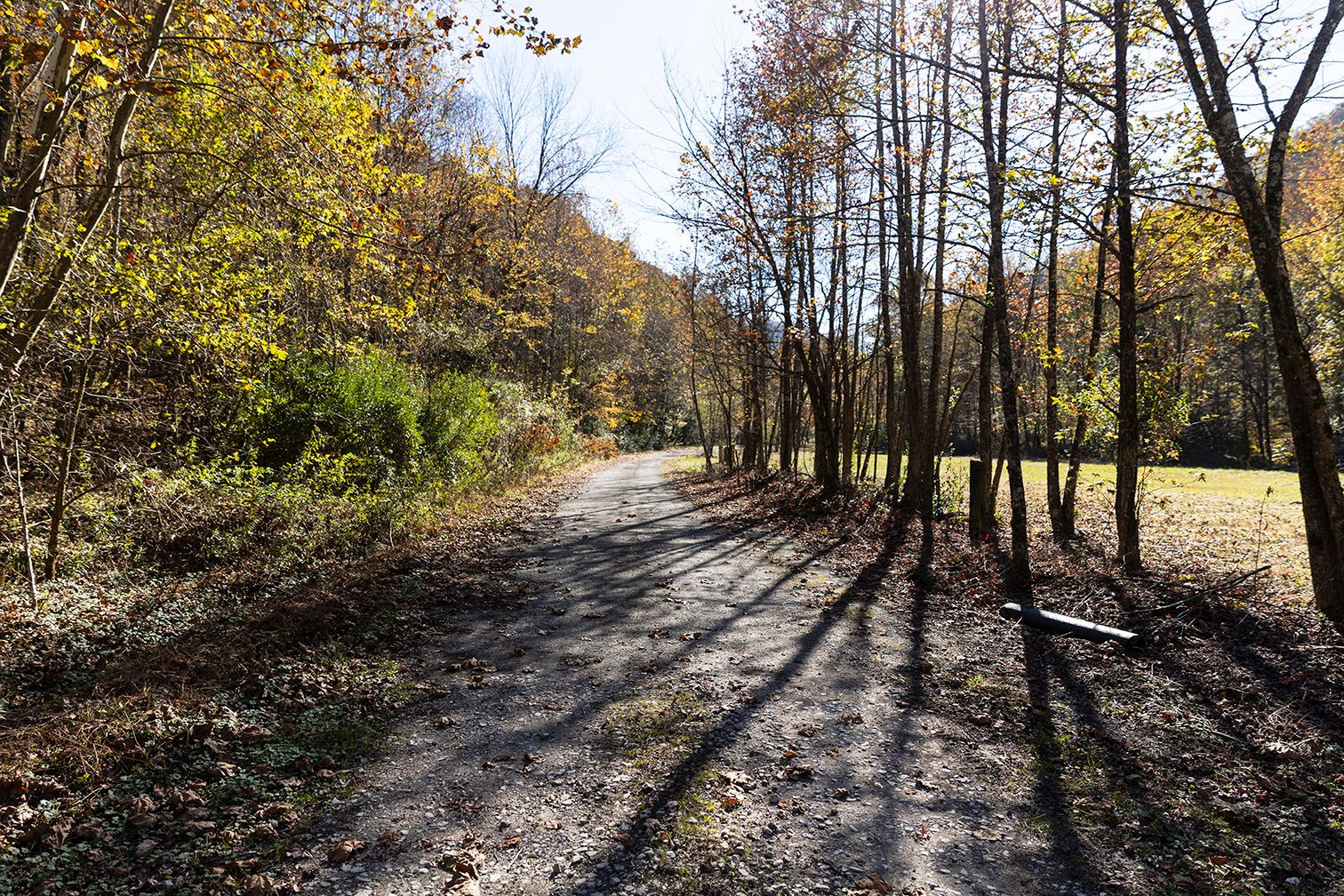
Treating acid mine drainage
It’s a sunny but cool November afternoon and Eddy Grey is making the 20-minute walk from his house to the farthest of the four AMD mitigation sites. Known as a limestone contact treatment facility, the site consists of a series of stepped holding ponds at the base of a steep hill, dense with brush and trees. Pale brown and red leaves are scattered over the surface of the first and highest pond. Bright orange and yellow leaves line its shallow bottom. A long thin pipe slopes down the hill, bringing acidic water from a sealed mine portal. Its open end hovers over the pond.
Some of the acidic runoff gets to the pond without the aid of pipes. Eddy points to water trickling from a rust-coloured gash in the side of the hill, just a few feet above the pond. “We have to capture that,” he says. “By putting our creek cells right here, we can treat what’s coming out of the mine portal, and we can also catch and treat [the runoff] too.”
The process of treating this polluted water is relatively simple. “It’s nothing more than for water to come through and come in contact with limestone,” says Eddy. As it enters the first pond, the mine drainage is acidic, so it has a low pH. As it flows over and through a series of limestone step dams, contact with the limestone causes the pH level of the AMD to be raised, which causes the dissolved iron, manganese and other heavy metals to drop out as solids. By the time it leaves the last pond, the water’s pH has returned to normal, and the now-clean water enters the stream. The bright orange-yellow colour that lines the bottom of the ponds is iron sludge that is eventually scooped up and moved to drying beds.
Rather than dispose of the metallic residue at a solid waste facility, Eddy and Mike are exploring uses for the dried sludge, which can resemble orange sand. They have been working with a local cement company, testing its feasibility as a decorative concrete additive. “Maybe it will become a product that we can sell,” says Eddy.
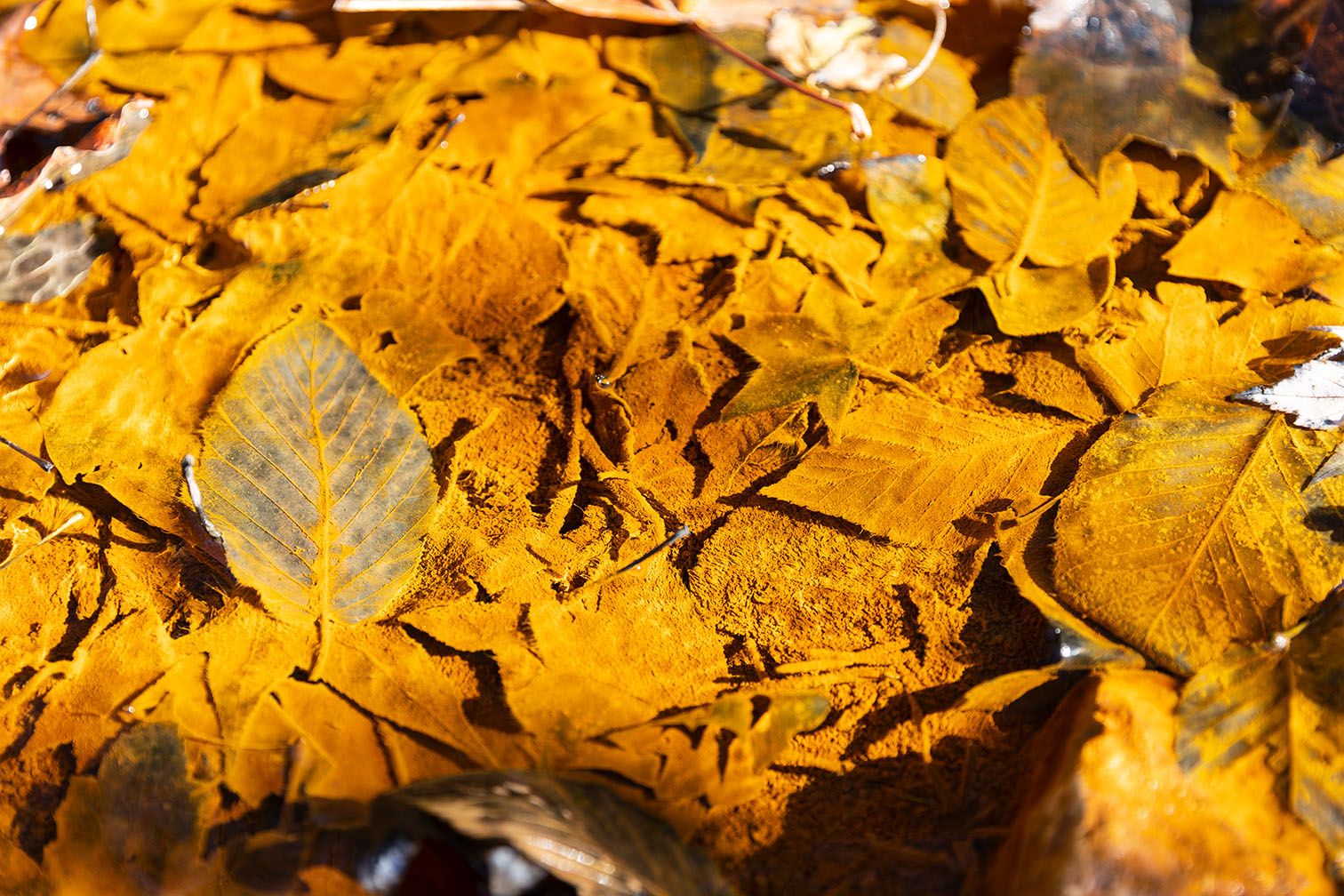
Success story
Fred Lockard lives at the other end of Morris Drive, downstream from Mike and Eddy, in the house he’s occupied since 1969. “I’m extremely proud of this creek. We’ve got crawdad, we’ve got salamanders. We’ve got a crane about this big,” he says with arms stretched wide. “There is so much more wildlife today than there was when I was a kid.”
“Mike and I played in the creek and most all the kids did,” says Eddy. “But the last 30 years prior to us starting this, that didn’t exist. We just took the initiative so our kids and our grandkids can enjoy the things that we did.”



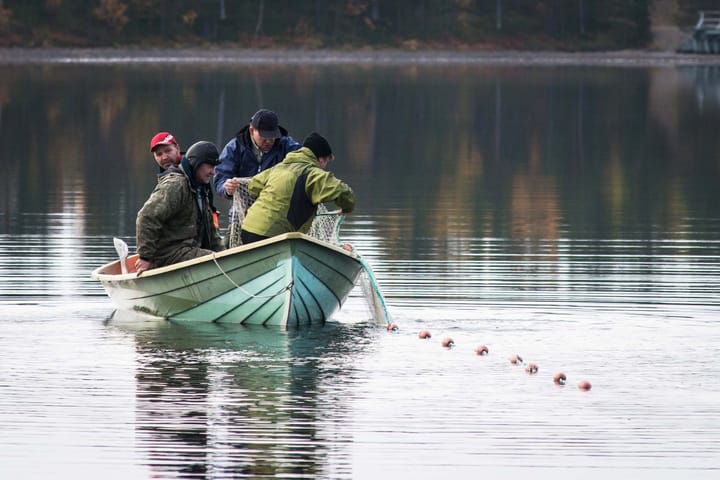


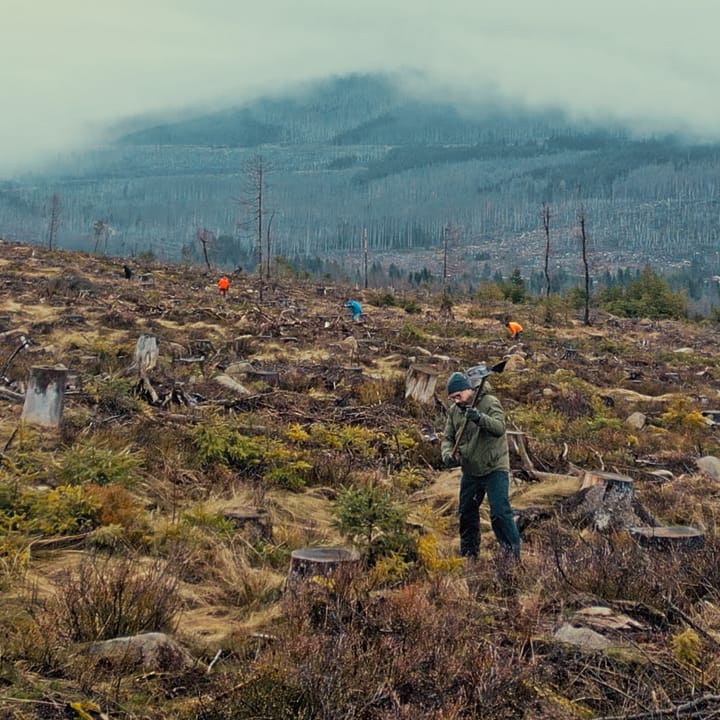
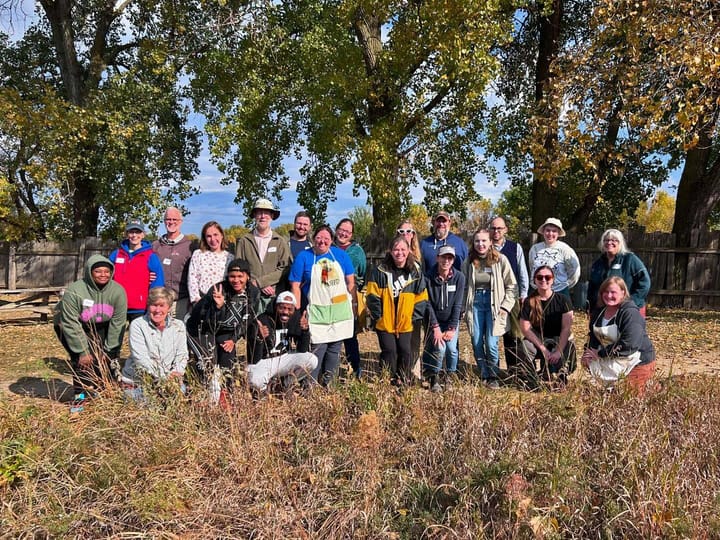



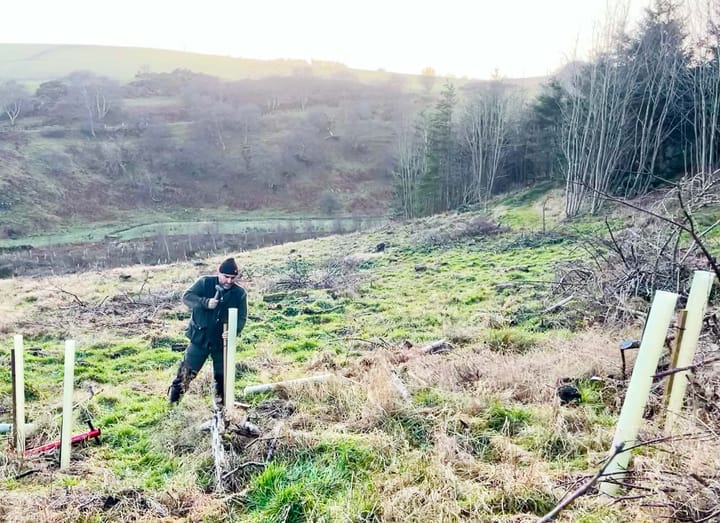
Comments ()